Home>Storage Ideas>Living Room Storage>How To Clean Upholstered Furniture To Keep It Looking Spotless
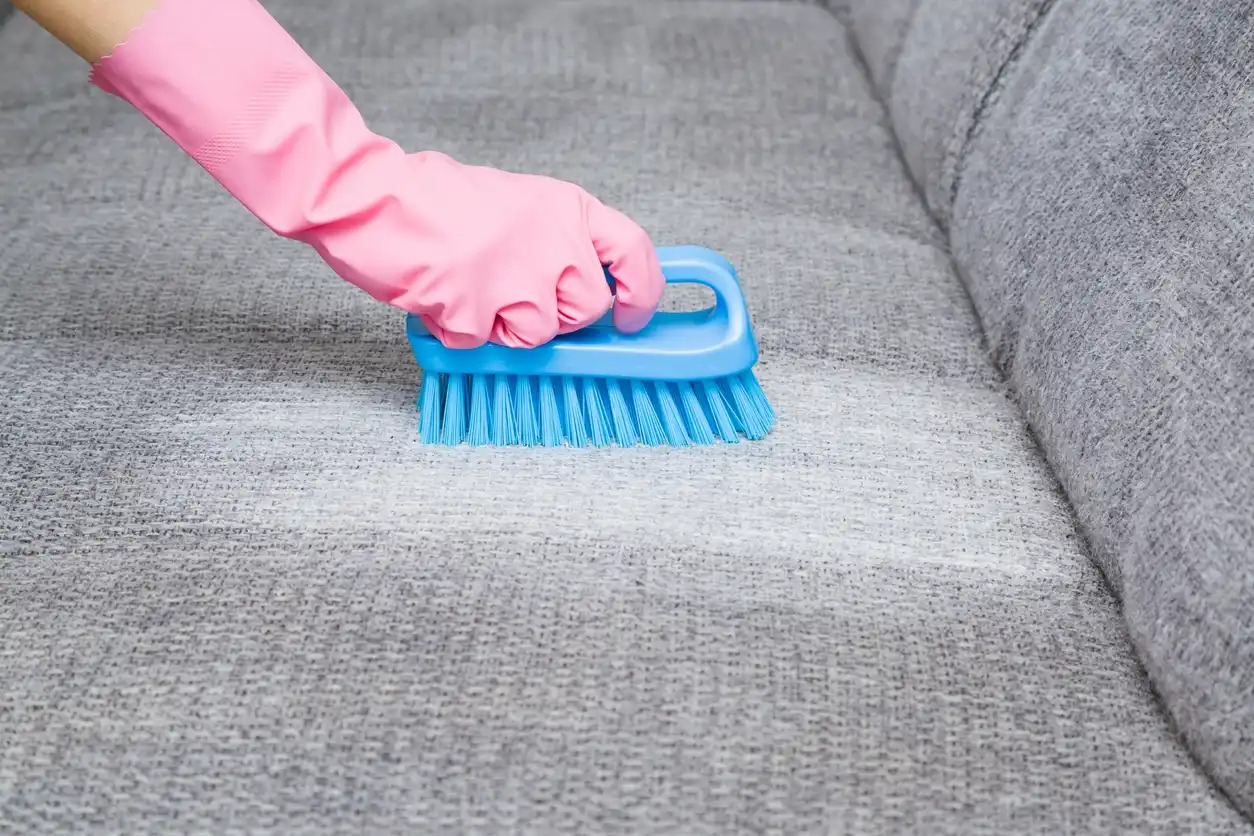

Living Room Storage
How To Clean Upholstered Furniture To Keep It Looking Spotless
Modified: December 7, 2023
Learn how to clean upholstered furniture in your living room with these spotless tips. Keep your living room storage looking fresh and inviting!
(Many of the links in this article redirect to a specific reviewed product. Your purchase of these products through affiliate links helps to generate commission for Storables.com, at no extra cost. Learn more)
Introduction
Welcome to the world of upholstered furniture! Whether you have a cozy couch, a stylish armchair, or a plush ottoman, upholstered furniture adds comfort and style to any living room. However, over time, these pieces can accumulate dirt, stains, and odors, making them lose their charm and appeal. That’s where proper cleaning and maintenance come in.
In this article, we will explore the essential techniques for cleaning upholstered furniture to keep it looking spotless. We will provide you with tips and tricks to tackle common issues like stains, dirt, and even unpleasant odors. By following these guidelines, you’ll be able to maintain the beauty of your upholstered furniture for years to come.
Before we delve into the cleaning process, let’s first understand what upholstered furniture is and how it differs from other types of furniture.
Key Takeaways:
- Regular maintenance and prompt spot cleaning are essential to preserve the beauty and lifespan of upholstered furniture, preventing stains, odors, and wear and tear.
- Deep cleaning, proper drying, and odor-removing techniques are crucial for maintaining fresh, spotless, and odor-free upholstered furniture, ensuring long-lasting comfort and style in your living room.
Understanding Upholstered Furniture
Upholstered furniture refers to pieces of furniture that are covered with fabric or leather to provide comfort and aesthetic appeal. The upholstery not only adds a layer of softness to the furniture but also serves as a protective barrier for the underlying framework. Common examples of upholstered furniture include sofas, armchairs, recliners, and ottomans.
Upholstered furniture comes in a variety of styles, fabrics, and designs, allowing you to express your personal taste and enhance the overall look of your living room. While fabric upholstery provides a wide range of options in terms of patterns and textures, leather upholstery offers a luxurious and sophisticated touch to any space.
It’s important to note that different upholstery materials require different cleaning methods. For instance, fabric upholstery may require gentle cleaning to prevent the fabric from shrinking or color fading, while leather upholstery may need specialized products to maintain its natural beauty and durability.
Now that we have a basic understanding of upholstered furniture, let’s move on to the essential steps you need to take before cleaning your beloved pieces.
Preparing for Cleaning
Before diving into the cleaning process, there are a few important steps to take to ensure a successful and hassle-free experience.
1. Read the manufacturer’s instructions:
Each piece of upholstered furniture comes with specific care instructions from the manufacturer. It’s crucial to read and follow these instructions to avoid any damage to the fabric or upholstery. The instructions may provide specific cleaning products or methods that are safe to use for your furniture.
2. Assess the type of upholstery:
Identify the type of upholstery material you are dealing with; whether it’s fabric or leather. This will help you determine the appropriate cleaning solutions and techniques to use. Different materials have different sensitivities and require different cleaning approaches.
3. Test for colorfastness and fabric sensitivity:
Before using any cleaning solution, perform a colorfastness test on a small, inconspicuous area of the upholstery. This will ensure that the cleaning product will not cause discoloration or damage. Additionally, test for fabric sensitivity by using a small amount of the cleaning solution on an inconspicuous spot to ensure it doesn’t cause any adverse reactions.
4. Gather the necessary cleaning supplies:
Make sure you have all the essential cleaning supplies handy before you begin. This may include upholstery cleaner, stain remover, water, gentle detergent, soft brushes, clean microfiber cloths, and a vacuum cleaner. Having everything ready beforehand will save you time and keep the cleaning process smooth.
5. Remove loose dirt and debris:
Before applying any cleaning solution, it’s essential to remove loose dirt, dust, and debris from the upholstery. Use a vacuum cleaner with a brush attachment to gently vacuum the surface, paying attention to crevices, seams, and cushions. This step will prevent the dirt from spreading and embedding into the fabric during the cleaning process.
By following these preparatory steps, you are setting the stage for effective and safe cleaning of your upholstered furniture. Now, let’s explore the different cleaning methods you can use for spot cleaning and deep cleaning.
Spot Cleaning
Accidents happen, and it’s not uncommon for upholstered furniture to end up with small stains or spills. Spot cleaning is a quick and effective way to target these specific areas without having to clean the entire piece.
1. Blot the stain:
If there is a fresh spill, start by blotting the stain with a clean, white cloth or paper towel. Avoid rubbing the stain as it can push the liquid further into the fabric and spread the stain. Instead, gently press down on the stain to absorb as much moisture as possible.
2. Choose the appropriate cleaning solution:
Depending on the type of upholstery material, select the most suitable cleaning solution. For fabric upholstery, mix a small amount of mild detergent with water to create a soapy solution. For leather upholstery, use a specialized leather cleaner or a mixture of mild soap and water.
3. Test the solution on a small area:
Before applying the cleaning solution directly to the stain, test it on a small, inconspicuous area of the upholstery to ensure it doesn’t cause any discoloration or damage. Proceed only if there are no adverse effects.
4. Clean the stain:
Apply a small amount of the cleaning solution to the stained area. Gently blot the stain with a clean cloth, working from the outer edges toward the center to prevent spreading. Avoid scrubbing the stain vigorously, as it may damage the fabric or push the stain deeper.
5. Rinse and blot:
After cleaning the stain, dampen a clean cloth with water and blot the area to remove any remaining cleaning solution. This step is crucial to prevent any residue from attracting more dirt or leaving a soapy film behind.
6. Air dry and fluff:
Allow the spot-cleaned area to air dry completely before using the furniture again. Once dry, fluff any cushions or pillows to restore their original shape and texture.
Spot cleaning is an effective way to tackle small stains and spills immediately, preventing them from becoming more difficult to remove. However, for deep-seated dirt and overall freshness, deep cleaning is necessary. Let’s explore the deep cleaning process next.
Deep Cleaning
Deep cleaning your upholstered furniture is crucial to remove embedded dirt, allergens, and odors that regular spot cleaning may not address. It’s recommended to deep clean your furniture at least once or twice a year, depending on the usage and level of dirt accumulation.
1. Vacuum thoroughly:
Begin by thoroughly vacuuming your upholstered furniture to remove loose dirt, dust, and debris. Use a vacuum cleaner with an upholstery brush attachment to gently vacuum the entire surface, including cushions, crevices, and seams. This step will prepare the furniture for the deep cleaning process.
2. Check for removable covers:
If your upholstered furniture has removable covers, check if they are machine washable. If so, follow the manufacturer’s instructions for washing and drying. This will help deep clean the covers separately and freshen up the overall appearance of the furniture.
3. Determine the cleaning method:
Depending on the type of upholstery material, choose the appropriate cleaning method. For fabric upholstery, you can use a steam cleaner, a fabric upholstery cleaner, or a homemade solution of vinegar and water. For leather upholstery, it’s best to use a leather cleaner recommended for your specific type of leather.
4. Test the cleaning solution:
Before applying the cleaning solution to the entire piece of furniture, test it on a small, inconspicuous area to ensure it doesn’t cause any discoloration or damage. This step is crucial to avoid any unwanted consequences on the upholstery.
5. Clean in sections:
Working in sections, apply the cleaning solution to the upholstery using a clean, soft brush or a cloth. Gently scrub the fabric or leather in a circular motion, focusing on stained or heavily soiled areas. Be careful not to oversaturate the upholstery with the cleaning solution to prevent damage.
6. Rinse and remove excess moisture:
After cleaning each section, rinse the area with a clean cloth dampened in water to remove any cleaning residue. Use a dry cloth or towel to blot and remove excess moisture from the upholstery. This step is essential to prevent the growth of mold or mildew.
7. Allow for proper drying:
Air drying is essential for upholstered furniture. Ensure proper air circulation and ventilation in the room to help expedite the drying process. Avoid using the furniture until it is completely dry to prevent damage and the formation of water rings.
Deep cleaning your upholstered furniture will not only rejuvenate its appearance but also extend its lifespan. However, cleaning alone may not entirely eradicate persistent odors. Let’s explore how to remove unpleasant odors from upholstered furniture next.
Removing Odors
Upholstered furniture can sometimes develop unpleasant odors due to various factors such as pet dander, food spills, or general wear and tear. If your furniture is suffering from unwanted smells, here are some effective methods to remove odors and restore freshness:
1. Baking soda deodorizing:
Baking soda is a natural deodorizer that can help eliminate odors from upholstered furniture. Sprinkle a generous amount of baking soda over the entire surface of the furniture, ensuring that it reaches all the crevices. Let it sit for a few hours or overnight to allow the baking soda to absorb the odor. Vacuum the furniture thoroughly to remove the baking soda residue.
2. Fabric freshening sprays:
There are commercially available fabric freshening sprays specifically designed to neutralize odors on upholstery. Look for sprays that have odor-eliminating properties and are safe to use on your specific type of upholstery. Follow the instructions on the product and apply it evenly over the furniture, focusing on areas with noticeable odors.
3. Vinegar solution:
Vinegar is known for its ability to neutralize odors. Create a solution of equal parts white vinegar and water and pour it into a spray bottle. Lightly mist the upholstery with the vinegar solution, being careful not to saturate it. Allow the vinegar to air dry, and the odor should dissipate in the process. Keep in mind that the vinegar smell will fade as it dries.
4. Activated charcoal:
Activated charcoal is highly effective in absorbing and neutralizing odors. Place small pouches or bowls filled with activated charcoal near the upholstered furniture, ensuring they are not in direct contact with the fabric. Let the charcoal absorb the odors for a few days, then remove and replace as needed.
5. Fresh air and sunlight:
If possible, take advantage of fresh air and sunlight to naturally remove odors from your upholstered furniture. On a sunny day, move the furniture outdoors or open the windows wide to allow fresh air to circulate. The sunlight will help kill bacteria and freshen up the upholstery. However, be cautious with delicate fabrics that may be sensitive to prolonged exposure to sunlight.
By following these odor-removing techniques, you can breathe new life into your upholstered furniture and create a pleasant environment in your living room. Remember, regular maintenance and prevention are key to keeping your furniture fresh and odor-free. Let’s explore some tips for maintaining your upholstered furniture in the next section.
Maintaining Upholstered Furniture
Maintaining your upholstered furniture on a regular basis will not only keep it looking clean and fresh but also extend its lifespan. Here are some essential tips to help you maintain the beauty and functionality of your upholstered furniture:
1. Vacuum regularly:
Regular vacuuming is the first line of defense against dirt, dust, and debris on your upholstered furniture. Use a vacuum cleaner with an upholstery attachment to gently vacuum the surface, cushions, and crevices. This will prevent the buildup of dirt and maintain the overall cleanliness of the upholstery.
2. Rotate cushions:
Rotate and flip the cushions of your upholstered furniture regularly. This helps distribute the wear and tear evenly, preventing certain areas from becoming more worn-out than others. Additionally, rotating the cushions can help maintain their shape and prevent sagging.
3. Clean up spills promptly:
Accidents happen, but it’s important to clean up spills and stains as soon as they occur. Use a clean cloth or paper towel to blot the spill, avoiding rubbing or scrubbing. Prompt action will prevent the spill from seeping deeper into the fabric and becoming more challenging to remove.
4. Avoid direct sunlight:
Direct sunlight can cause fabric upholstery to fade or discolor over time. Avoid placing your upholstered furniture in areas where it will be exposed to direct sunlight for prolonged periods. Use curtains, blinds, or UV-filtering window films to protect your furniture from harmful sun rays.
5. Use armrest and seat protectors:
To prevent wear and tear, consider using armrest covers and seat protectors on heavily used areas of your upholstered furniture. These protective covers can protect against stains, spills, and excessive rubbing, prolonging the lifespan of your furniture.
6. Professional cleaning:
Every once in a while, it’s recommended to have your upholstered furniture professionally cleaned. Professional cleaners have the expertise and equipment to deeply clean and remove stubborn stains and odors. Schedule professional cleaning at least once a year or as needed, depending on the level of usage and dirt accumulation.
By following these maintenance tips, you can ensure that your upholstered furniture stays in great condition, providing comfort and style for years to come. Now, let’s summarize all that we have learned.
Conclusion
Upholstered furniture adds comfort, style, and personality to any living room, but it requires regular cleaning and maintenance to keep it looking spotless. By following the techniques and tips outlined in this article, you can effectively clean and maintain your upholstered furniture, preserving its beauty and extending its lifespan.
Before beginning the cleaning process, be sure to read the manufacturer’s instructions and assess the type of upholstery material you are working with. Prepare by gathering the necessary cleaning supplies and removing loose dirt and debris. Spot cleaning is ideal for addressing small stains and spills, while deep cleaning should be done periodically to remove embedded dirt and allergens.
Odors can also become a concern with upholstered furniture, but you can easily combat them with baking soda, fabric freshening sprays, vinegar solutions, or activated charcoal. Remember to let your furniture air dry properly to avoid any moisture-related damage.
To maintain your upholstered furniture, vacuum regularly, rotate cushions, and clean up spills promptly. Avoid direct sunlight, use armrest and seat protectors in high-usage areas, and consider professional cleaning for a thorough deep clean.
By implementing these tips, you can enjoy fresh, clean, and odor-free upholstered furniture that will continue to enhance the comfort and style of your living room for years to come.
Remember, investing time and effort into proper cleaning and maintenance will not only keep your upholstered furniture looking its best but also prolong its lifespan, allowing you to enjoy its comfort and beauty for many seasons to come.
Frequently Asked Questions about How To Clean Upholstered Furniture To Keep It Looking Spotless
Was this page helpful?
At Storables.com, we guarantee accurate and reliable information. Our content, validated by Expert Board Contributors, is crafted following stringent Editorial Policies. We're committed to providing you with well-researched, expert-backed insights for all your informational needs.
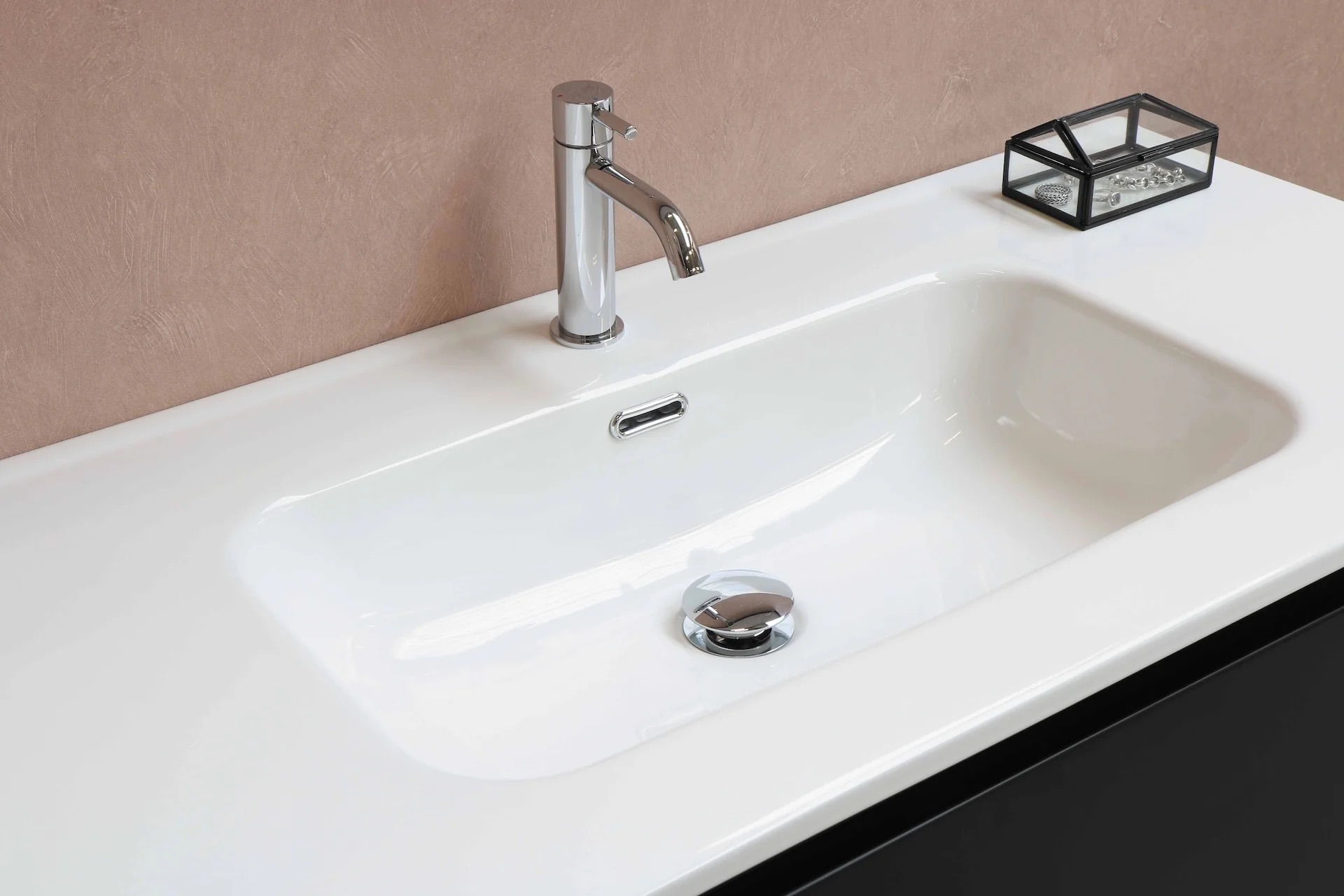
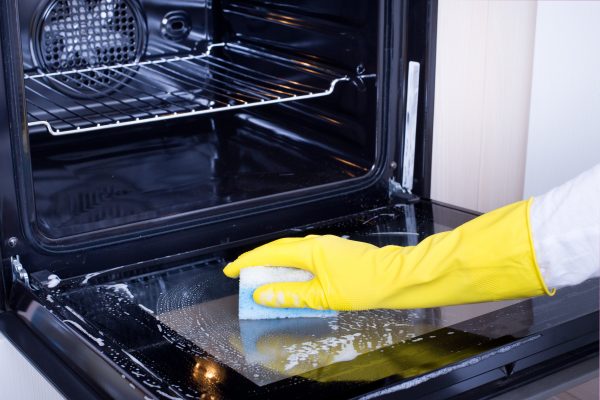
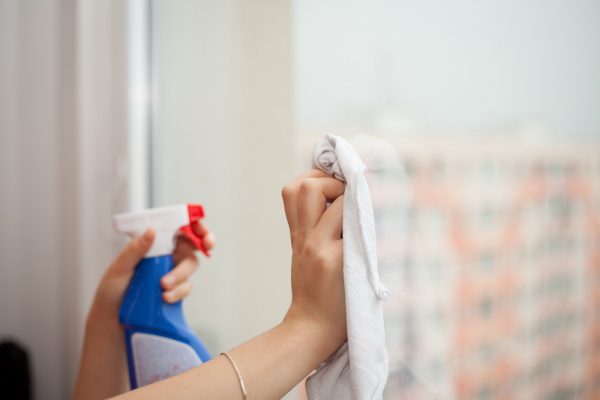
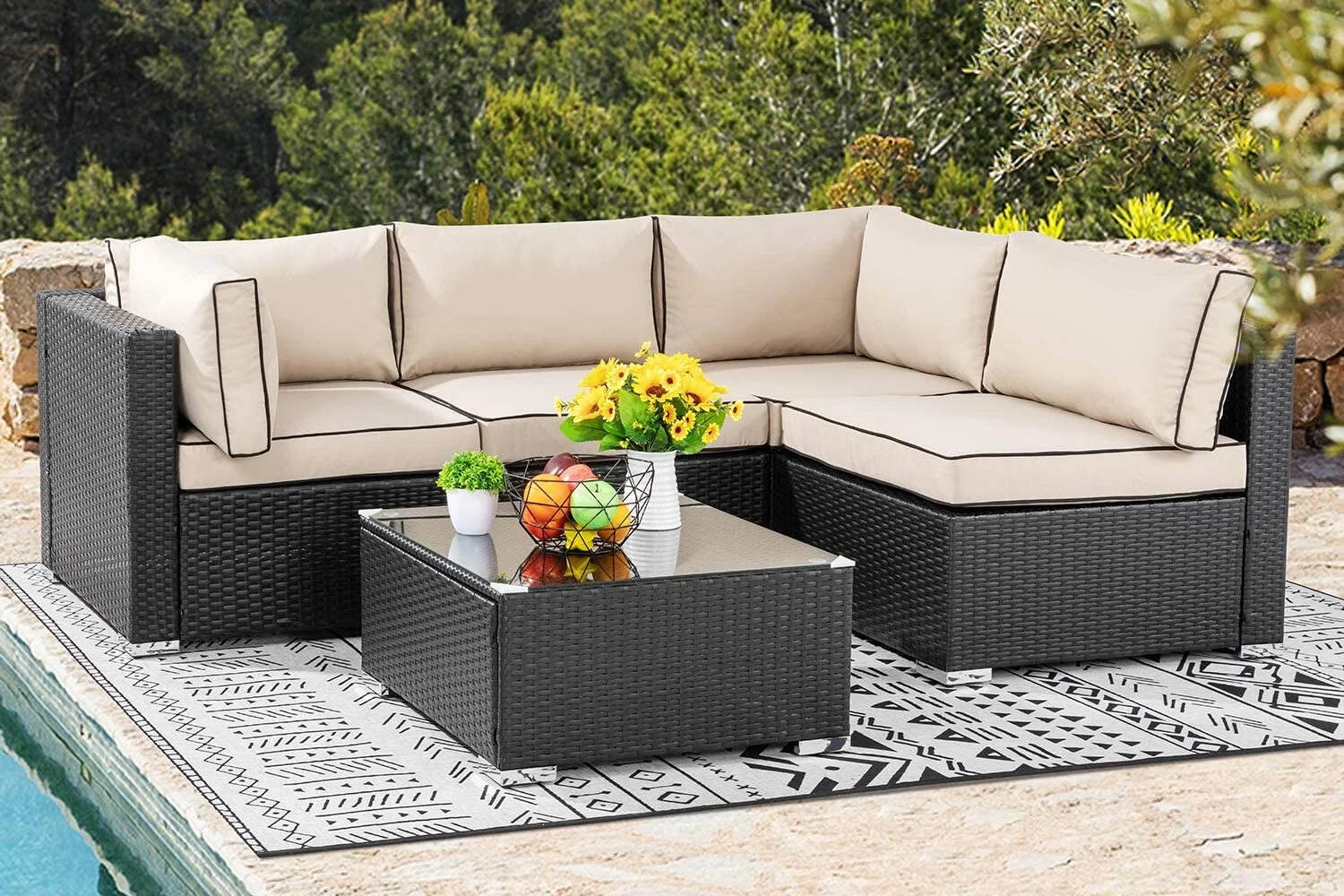
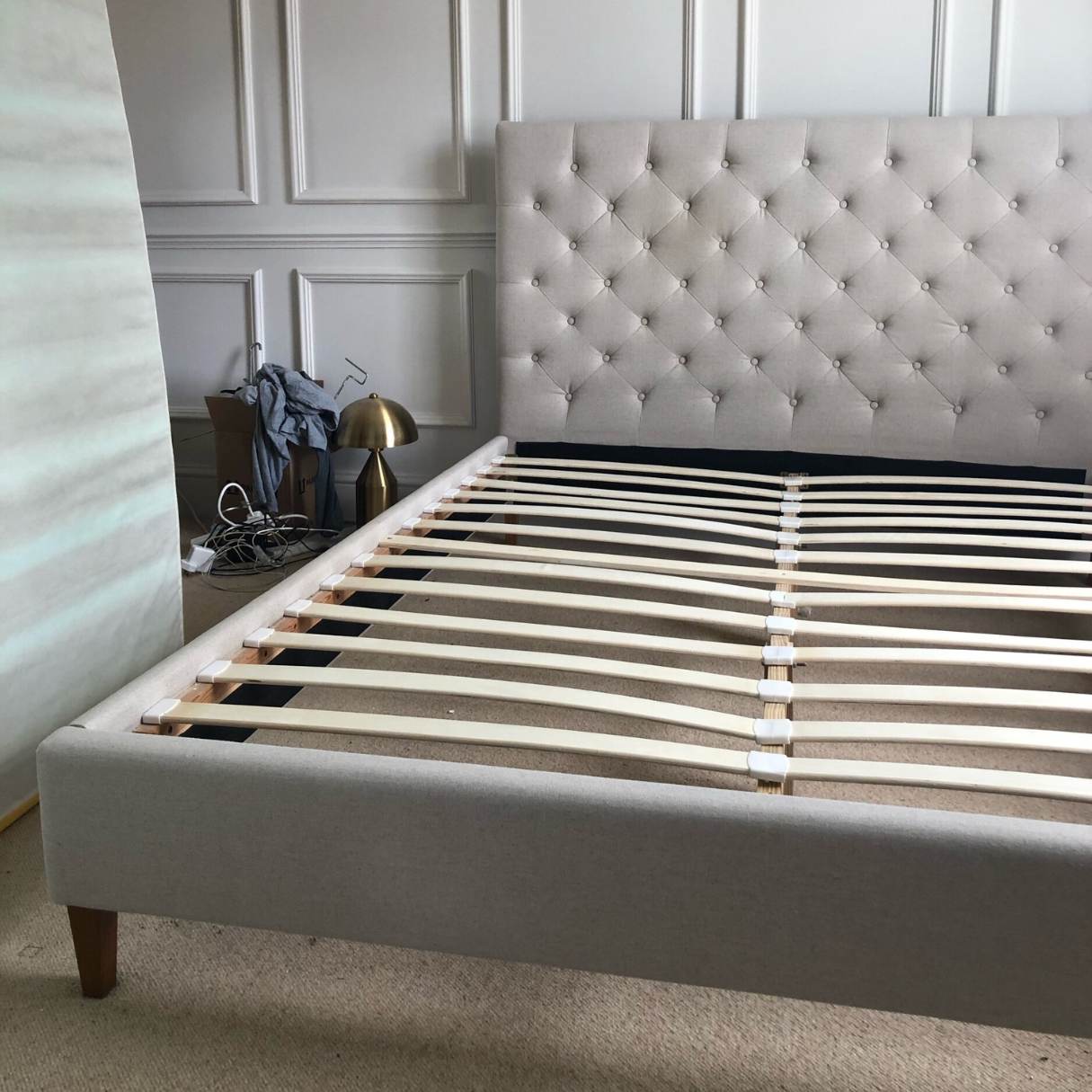
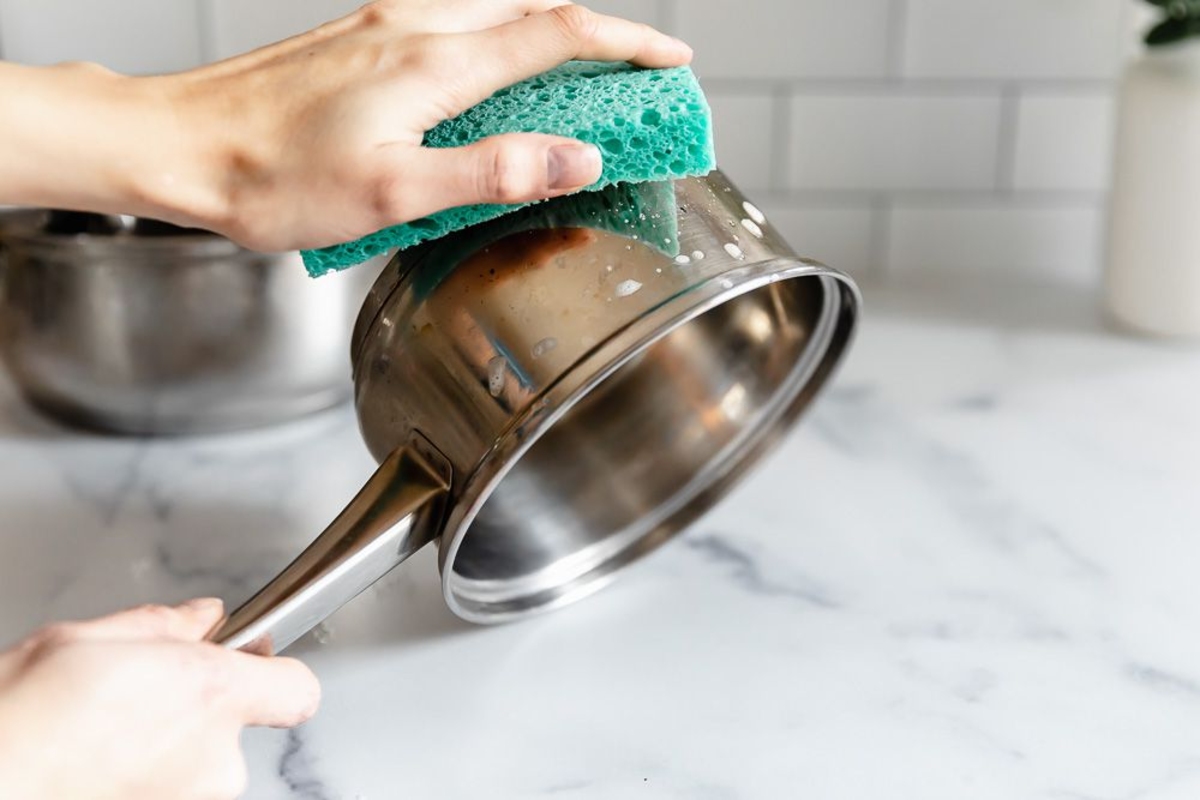
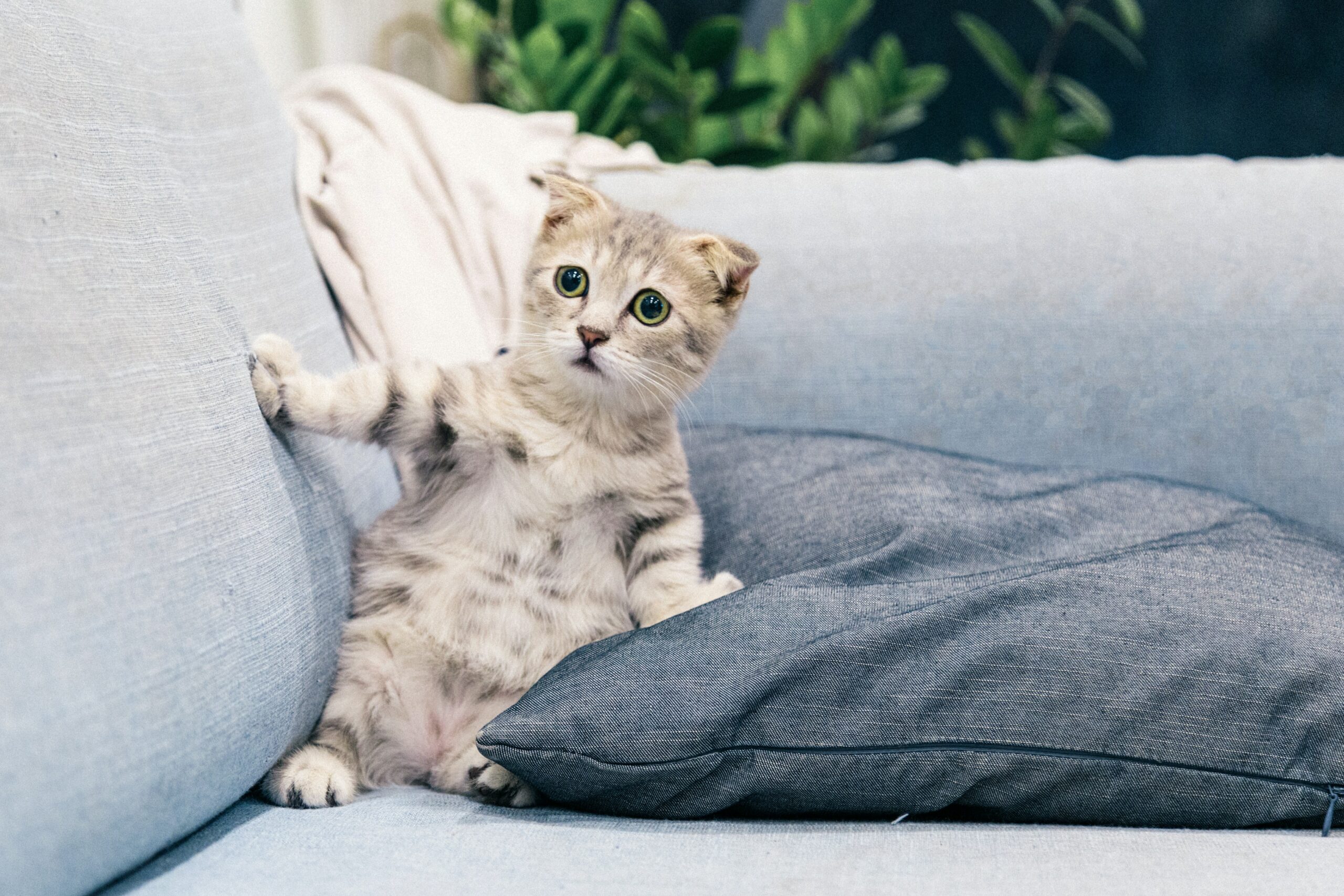

0 thoughts on “How To Clean Upholstered Furniture To Keep It Looking Spotless”